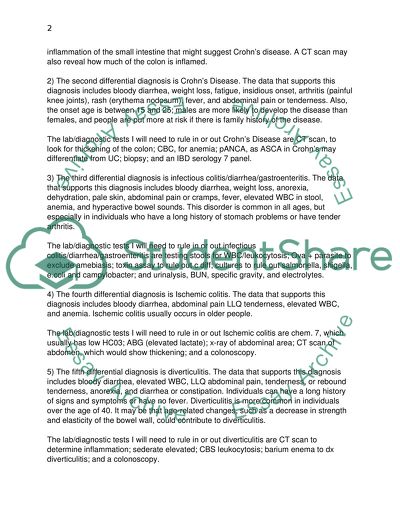Cite this document
(“Theory of Culture Care Diversity and Universality Essay”, n.d.)
Retrieved from https://studentshare.org/nursing/1396991-theory-of-culture-care-diversity-and-universality
Retrieved from https://studentshare.org/nursing/1396991-theory-of-culture-care-diversity-and-universality
(Theory of Culture Care Diversity and Universality Essay)
https://studentshare.org/nursing/1396991-theory-of-culture-care-diversity-and-universality.
https://studentshare.org/nursing/1396991-theory-of-culture-care-diversity-and-universality.
“Theory of Culture Care Diversity and Universality Essay”, n.d. https://studentshare.org/nursing/1396991-theory-of-culture-care-diversity-and-universality.


